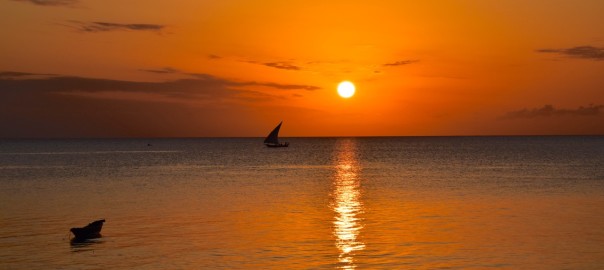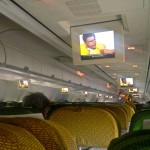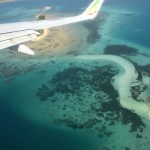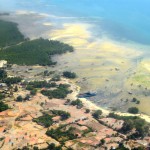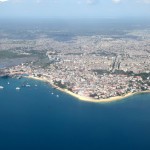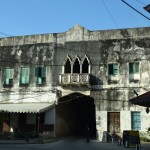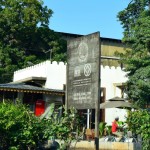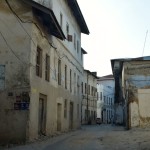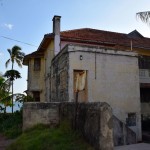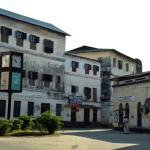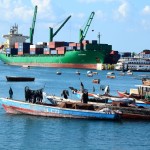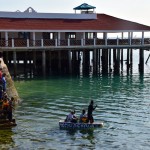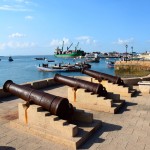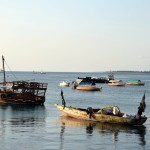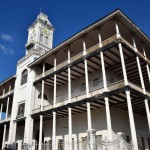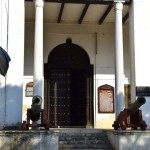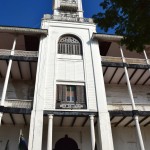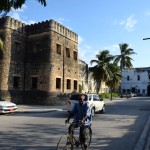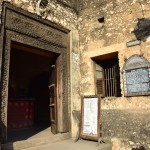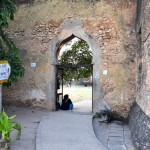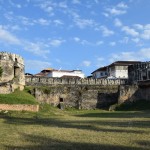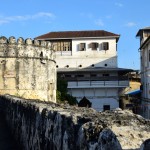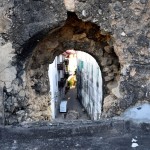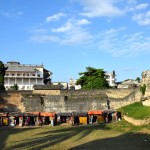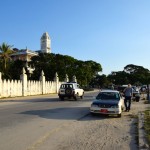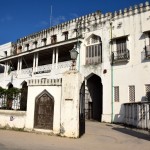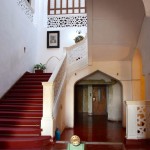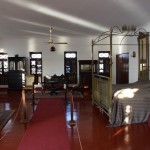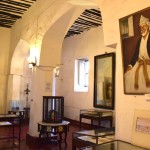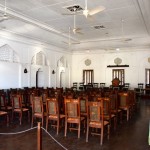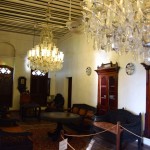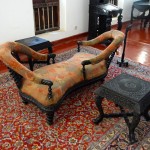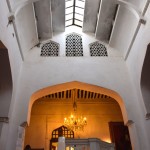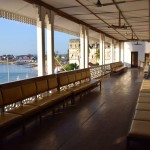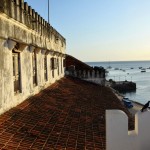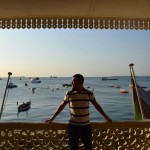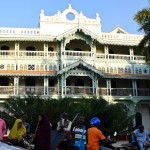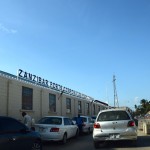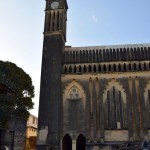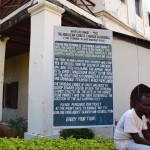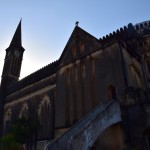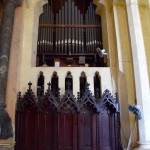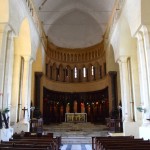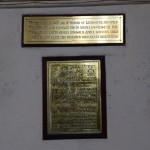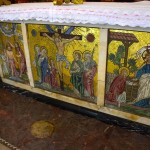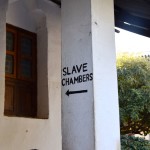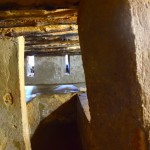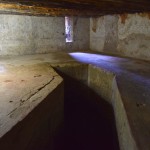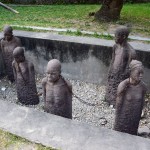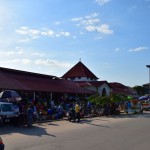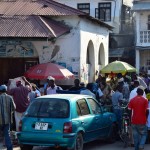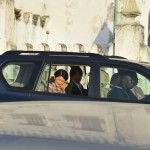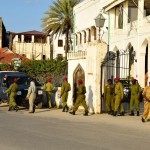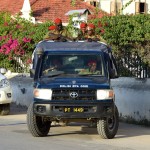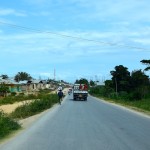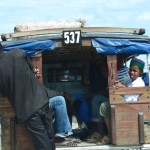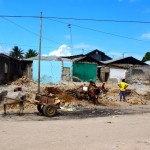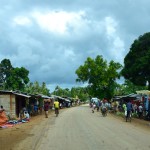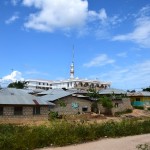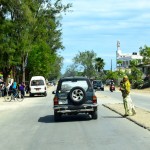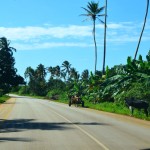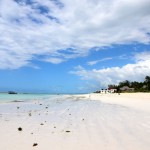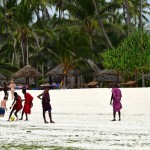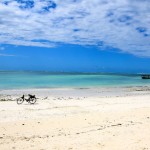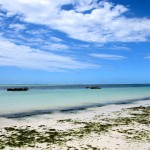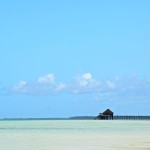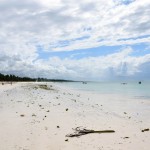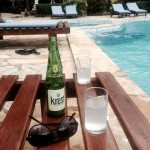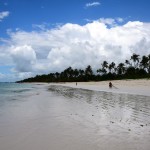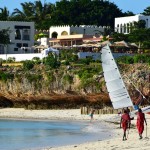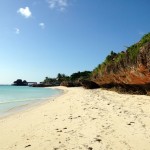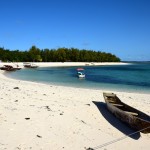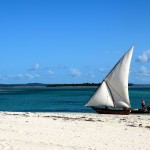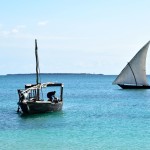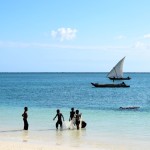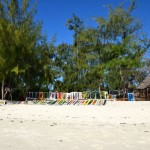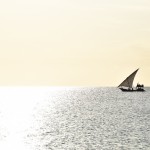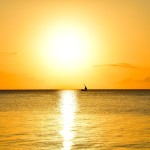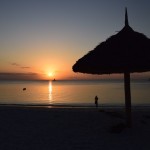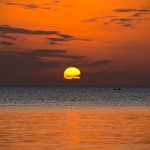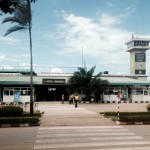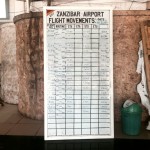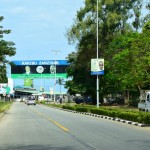Exploring the top sights of Zanzibar, Stone City and the magnificent beaches, during the trip The Great Eastern Summer.
Once an independent country, Zanzibar is now a semi-autonomous part of Tanzania. The island is famous for its white sandy beaches and the historical Stone City. It also produces cloves, cinnamon, pepper, and nutmeg which has led to its nickname the “spice islands”.
From Frankfurt, we took a flight to Zanzibar with layovers in Addis Ababa and Dar es Salaam. Arriving at the international airport, we went through a tedious immigration process which involved purchasing the visa then crowding at the immigration windows where two guys are busy making visas in no apparent order. Then they hold up the passports to the windows and yell out a name for people to collect them. Surprisingly they do accept credit cards for the visa fee.
Getting the stamp and walking through, Country 74 complete!
Before heading to our hotel, Next Paradise, on the east side of the island, we decided to do some touring and hired a taxi.
Stone Town
The old capital of the Sultanate the town became an important center for the spice and slave trade in the 1800s. The city is also designated a UNESCO World Heritage Site.
House of Wonders
The largest building in the city was built in 1883 by the Sultan Barghash bin Said. Today it houses the Museum of History & Culture, but unfortunately it was closed for renovations when we visited.
Old Fort of Zanzibar
The oldest structure in the city is this 17th century fort built to defend the island from the Portuguese. It was later used as a barracks and prison. Today the fort is tourism oriented with shops, cafes, and events within the walls.
In the courtyard were souvenir shops and some people just lounging about. We climbed the stairs to the top of one of the towers through an art store to check out the views.
The Palace Museum
Originally built in the 19th century as a sultan palace, this present day museum displays the furniture, decorations, and items used by the Zanzibari royal family.
Inside we saw all the antique furniture used by the sultan as well as a great view from the terrace overlooking the port. The bathroom was surprisingly awful, though having a bathroom at the time must have been a real luxury.
Old Dispensary
Built in 1887-1894 as a hospital for the poor and later turned into a dispensary, this building is famous for its architecture of large balconies and stained glass windows.
Christ Church
Built in 1873 – 1883 mostly out of coral stone, this Anglican church is one of the best examples of Christian architecture in East Africa. Apparently it was also built as a celebration of the end of slavery.
A man at the gate took us for a tour inside. Though the cathedral was under repair, we were able to enter. The altar of the church is apparently where the whipping post of the slave market use to be. There was also a small platform was where the slaves were auctioned off. Edward Steere the bishop and founder of the church is also buried behind the altar.
Outside the church we saw the Monument to the Slaves which was made using original chains.
Slave Chambers
Near the entrance of the church is the chambers where the slaves were kept. Before the church was built this was the location of the largest slave market of Zanzibar.
The guide took us into the dark rooms where the slaves were locked up for days at a time with no food, before they were brought to auction. He explained that they urinated and dedicated in the same area where they slept.
At auction slaves were whipped by a spiked stick to see if they wince, which would lower their selling price.
Prince and Princess of Japan
Prince Naruhito, Crown Prince of Japan and his spouse, Masako, Crown Princess of Japan happened to be visiting Stone Town during our tour. Many of the sights were closed during their visit, so we had to reroute. As there were only a few major attractions, we bumped into them several times.
The first time was at Christ Church where their entourage was protected by trucks full of Tanzanian soldiers sporting menacing AK-47s. When they left they waved at us, the only tourists paying attention to their departure.
The second time, we spotted them strolling through Forodhani Gardens near the seaside.
And lastly, we waited for them to leave the Palace Museum where the Princess and Prince noticed us again taking pictures of them. They both seemed very friendly with a smile and a wave as they drove by.
They must have thought we were super fans!
After the tour, we had a drive to the east coast. Peering out the window we saw the real countryside life of Zanzibar. The villages looked quite poor with straw huts and dirt roads. Children played with tires and chased each other.
We also passed two police checkpoints where we were stopped before the officer noticed the obvious tourists in the car and waved us through.
That evening we relaxed at Next Paradise hotel and got some work done.
Zanzibar Beaches
The next two days we explored the beaches around the hotel and the popular northern beaches about 20 minutes away by car.
The beach of Pwani Mchangani is mostly a fine white sand. The coral reef is about a km away, so the waters are very calm. We saw the tide coming in and receding which occurs every six hours. There were plenty of people combing the beach for shells.
Occasionally hawkers would try to sell a shell or tour to you as you walk down the beach. Further south from the hotel was a bit more crowded and not as private. Eventually the beach had a red rocky outcrop.
The north was a fishing community where locals prepared nets and boats for the next day.
Nungwi Beach
The northern beach had a similar sand, but was more developed with hotels and shops lining the seafront.
We watched children fishing with nets in shallow water. Strangely they all had knives which I assume was for fishing.
The sunsets over the water were spectacular and one of the most memorable sights.
Our last day, we left right after breakfast back to the airport to catch our flight to Dar es Salaam.
